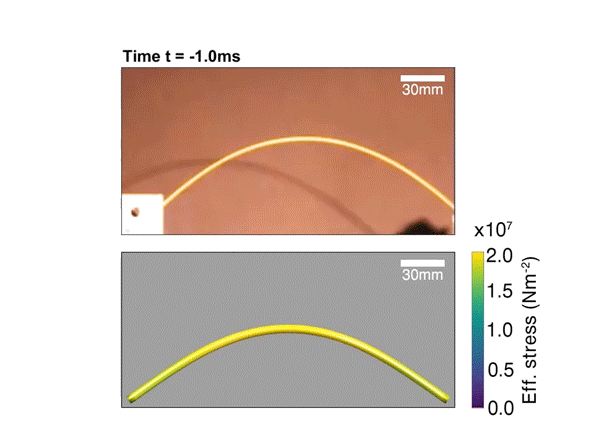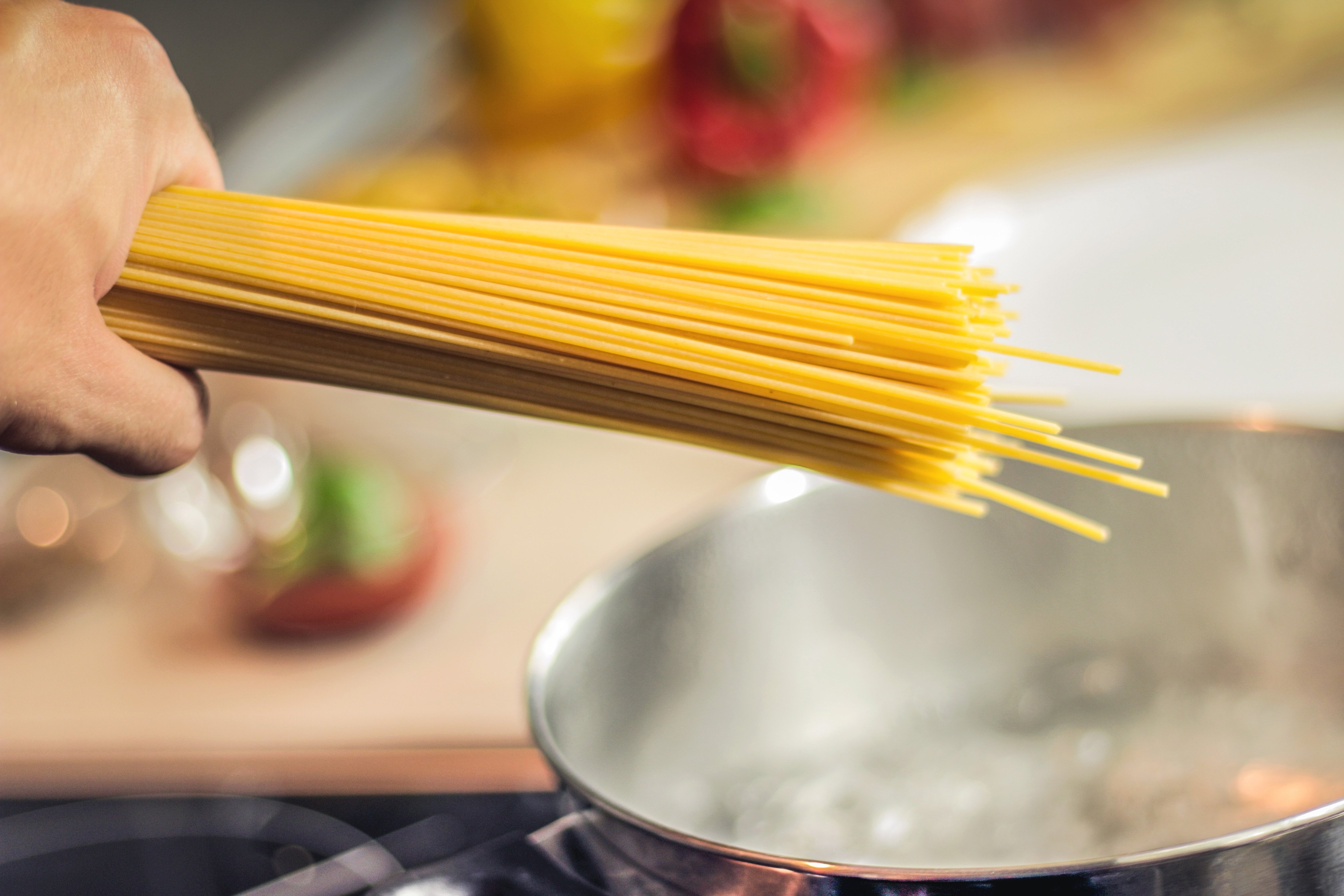- Scientists have tackled the “dry spaghetti challenge”.
- They built a machine which snaps dry spaghetti into two even pieces.
- Research may help understand crack formation
Scientists have found a way to snap a piece of dry spaghetti into two pieces.
The long-time challenge has been to grab a single spaghetti stick and, holding it at both ends, bend it until it breaks.
If you’ve tried it at a party and manage to end up with just two pieces, you a) need to go to better parties, and b) are in very select company.
Blame physicist Richard Feynman. In the 1950s, he spent many, many evenings becoming obsessed with why the sticks refused to break into just two pieces.
It wasn’t solved until 2005, when French scientists Basile Audoly and Sebastien Neukirch discovered it was because when the stick was bent and snapped, the reverberations snapped the stick again.
They got an Ig Nobel Prize for that.
The next funding opportunity scientific challenge was clearly how to game the dry spaghetti piece so you get two pieces every time.
Ronald Heisser, now a graduate student at Cornell University, and project partner Edgar Gridello needed a final project for their course, “Nonlinear Dynamics: Continuum Systems”, and took up the challenge of controlling the spaghetti split.
The short answer if you need to dash to the pantry now is twist it first. As far as you can.
For those sticking around, here’s the science and why it’s important.
When they realised the trick was all in the twist, Heisser built a “mechanical fracture device”. The research was supported, in part, by the Alfred P. Sloan Foundation and the James S. McDonnell Foundation.
A clamp at one end twisted the stick, another at the other end brought the two ends together.
The breaks were recorded at up to a million frames per second. Here’s one without the twist:

And if the sticks were twisted at almost 360 degrees first, they snapped exactly in two.
The twist, Heisser’s report partner Vishal Patil, a mathematics graduate student at MIT, found, weakened the snap-back effect.
And the twist-back effect released energy from the stick, preventing more fractures. Here we go again, with twist:

It’s all about energy dissipation and that, co-author and associate professor of physical applied mathematics at MIT Jörn Dunkel says, could have applications in understanding of crack formation and how to control fractures in other rod-like materials.
“In any case, this has been a fun interdisciplinary project started and carried out by two brilliant and persistent students — who probably don’t want to see, break, or eat spaghetti for a while.”
If you’re still reading, you’ll be interested to know Barilla No. 5 and Barilla No. 7 were the spaghetti types used.
And the results don’t apply to linguini.
“The way the model is constructed it applies to perfectly cylindrical rods,” Dunkel says. “Although spaghetti isn’t perfect, the theory captures its fracture behavior pretty well.”

